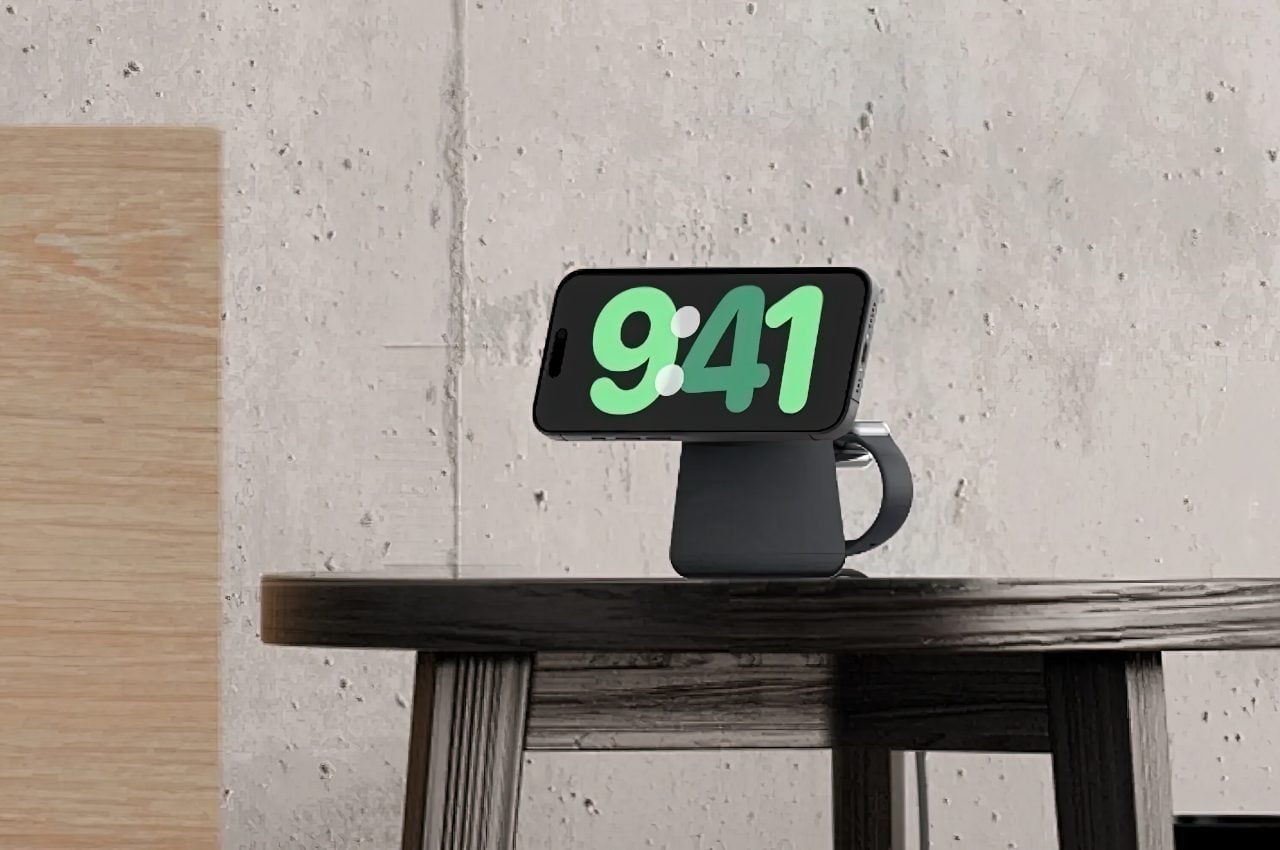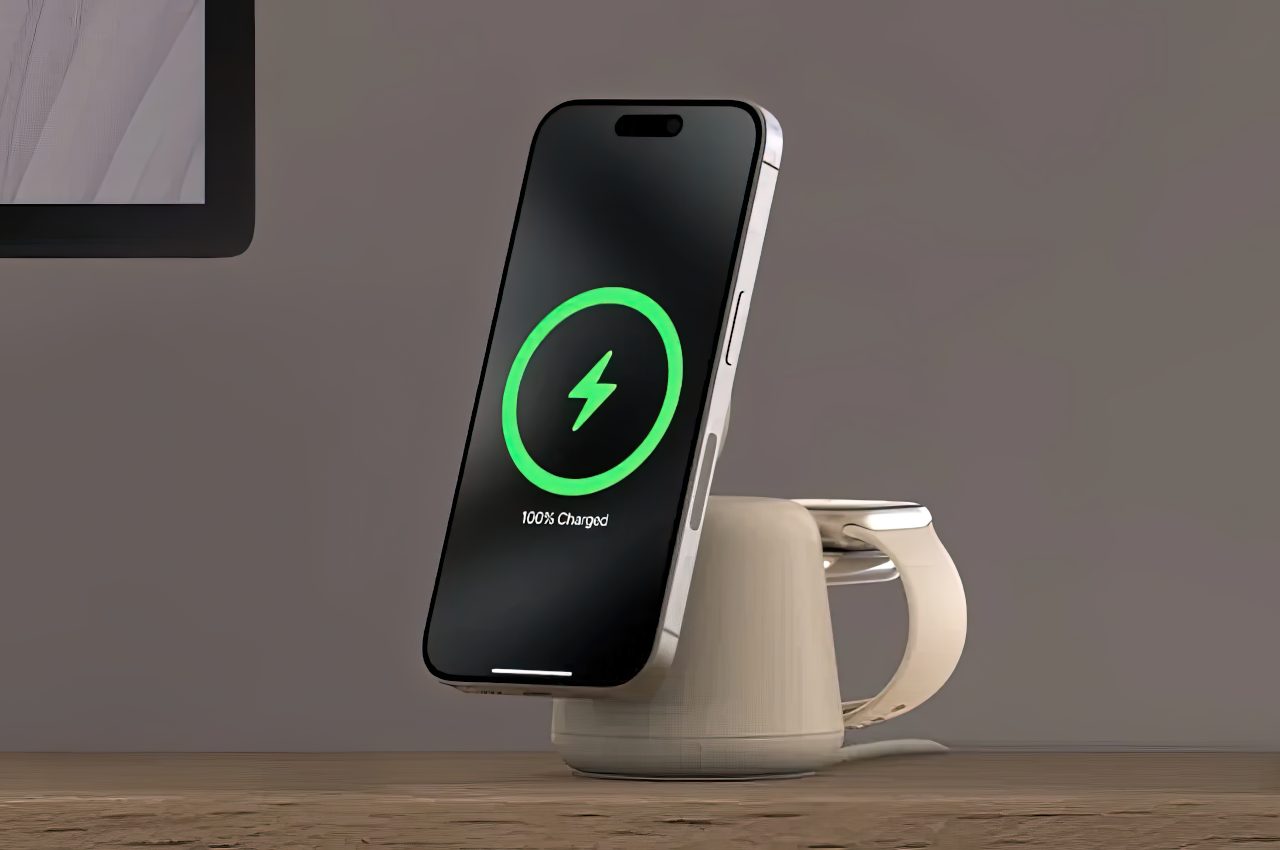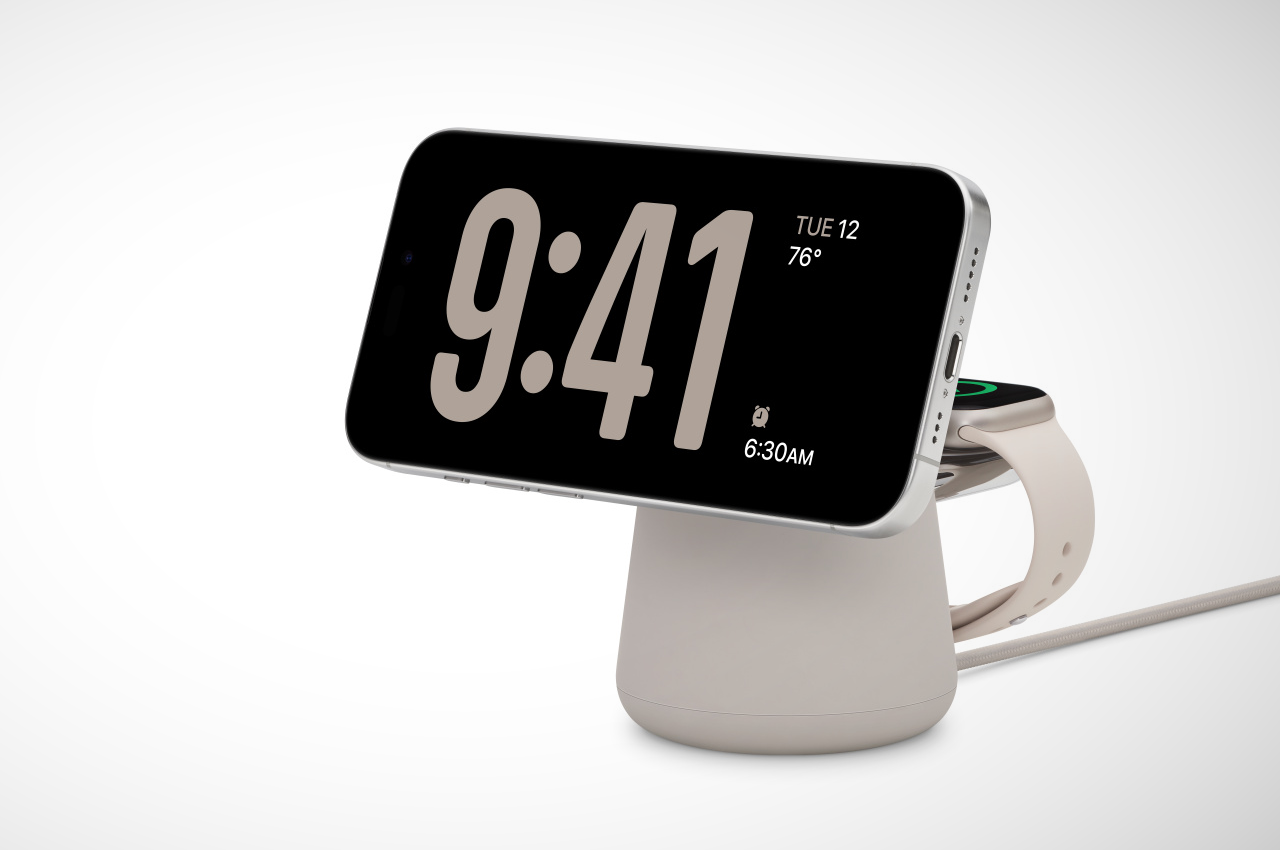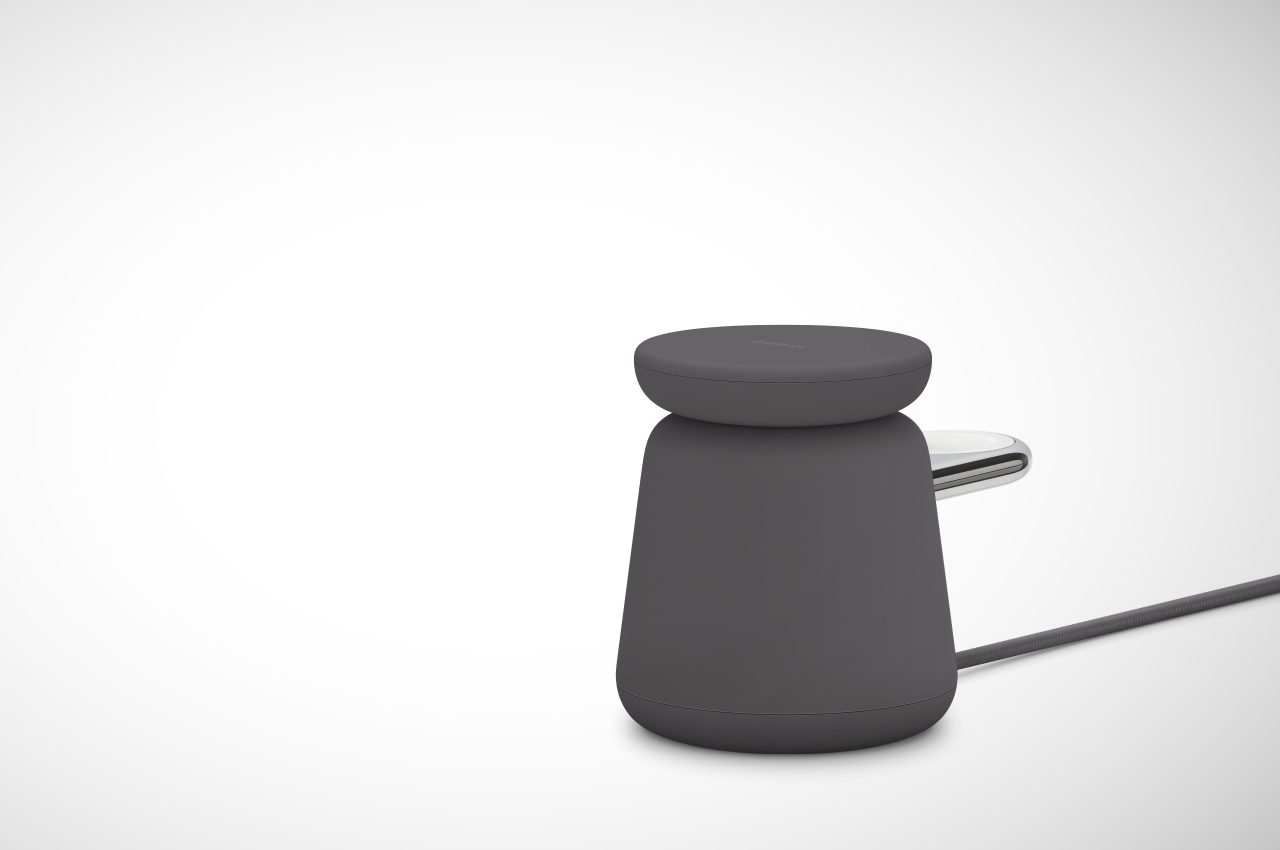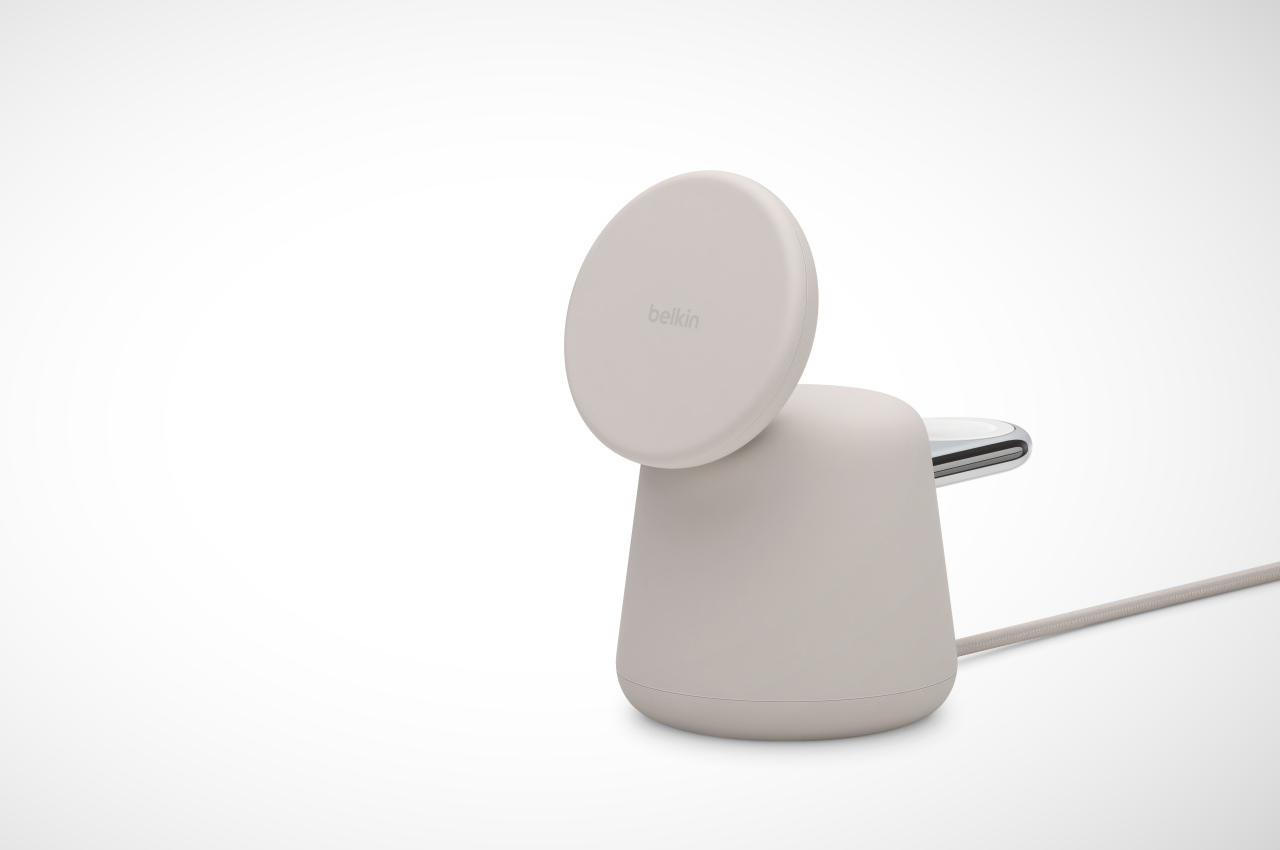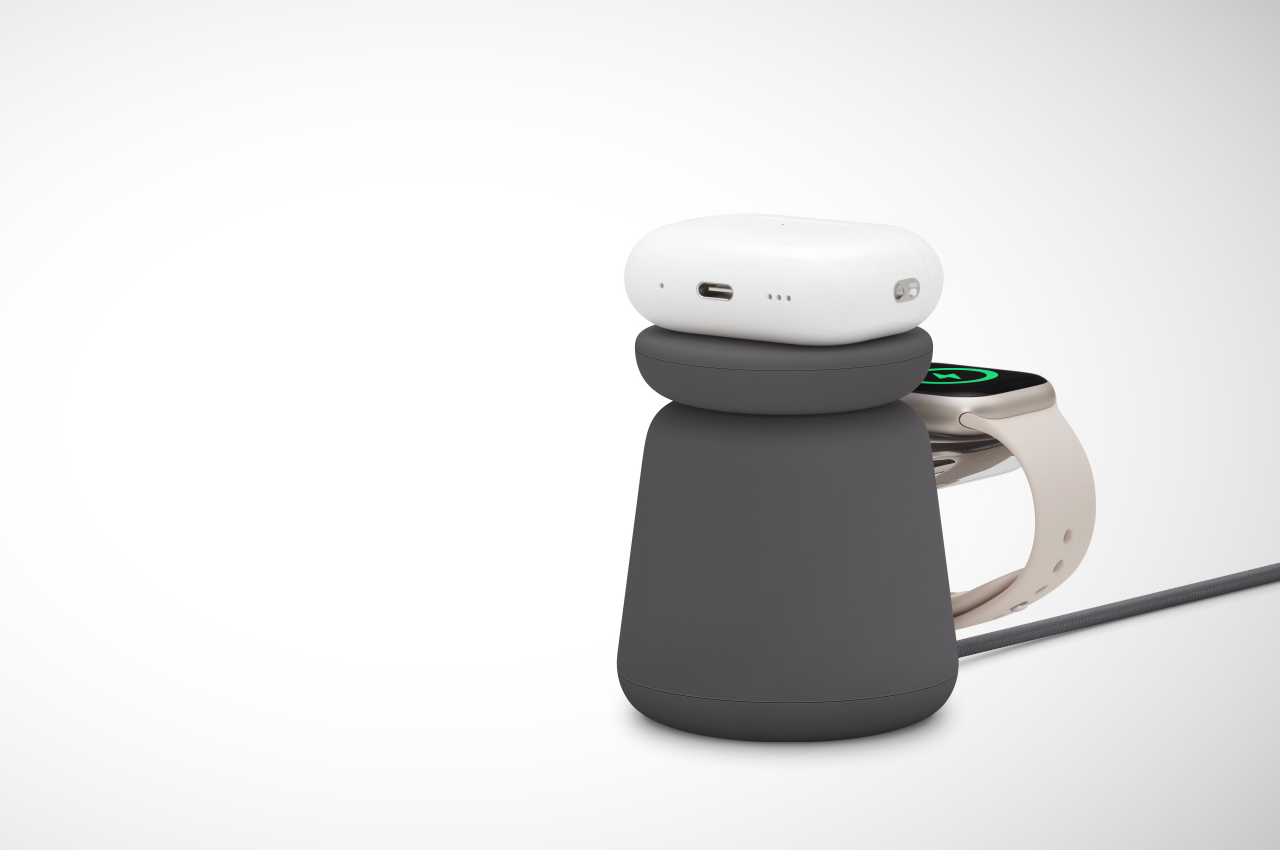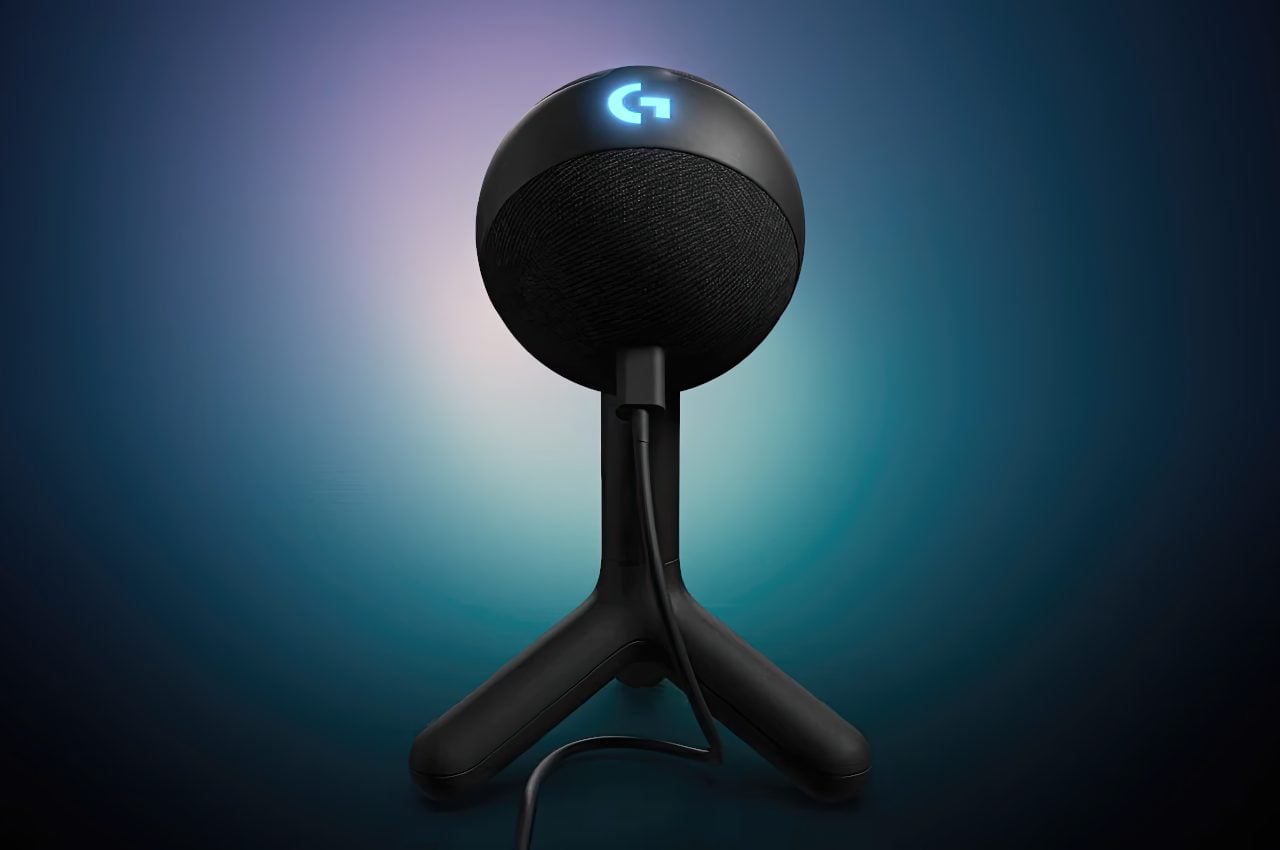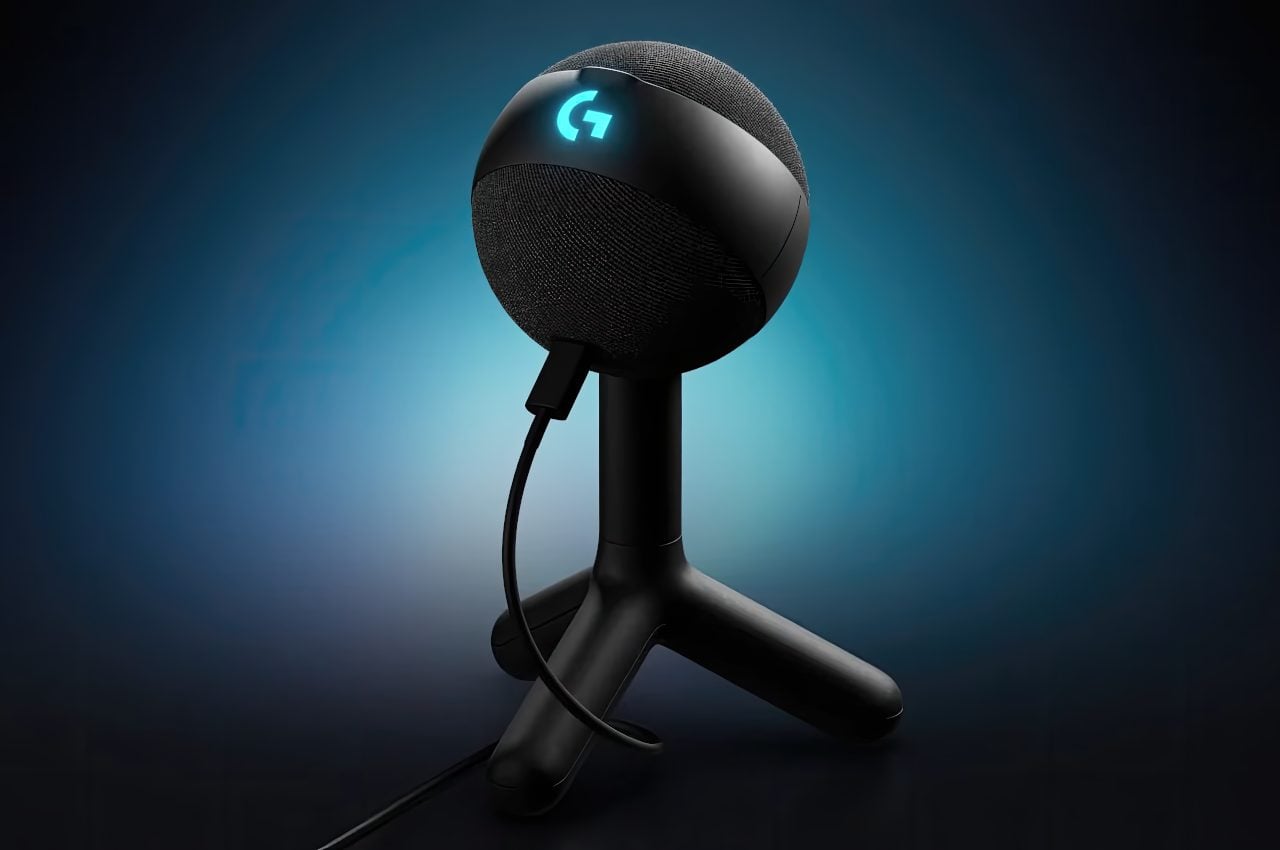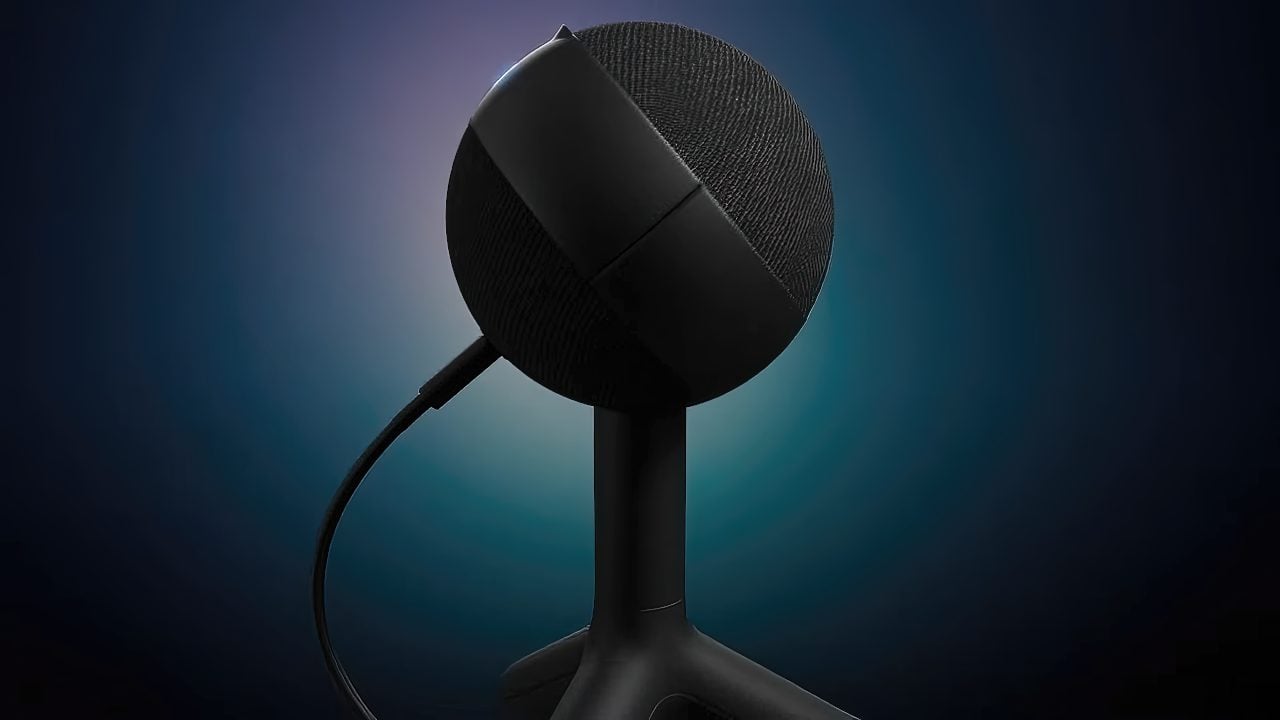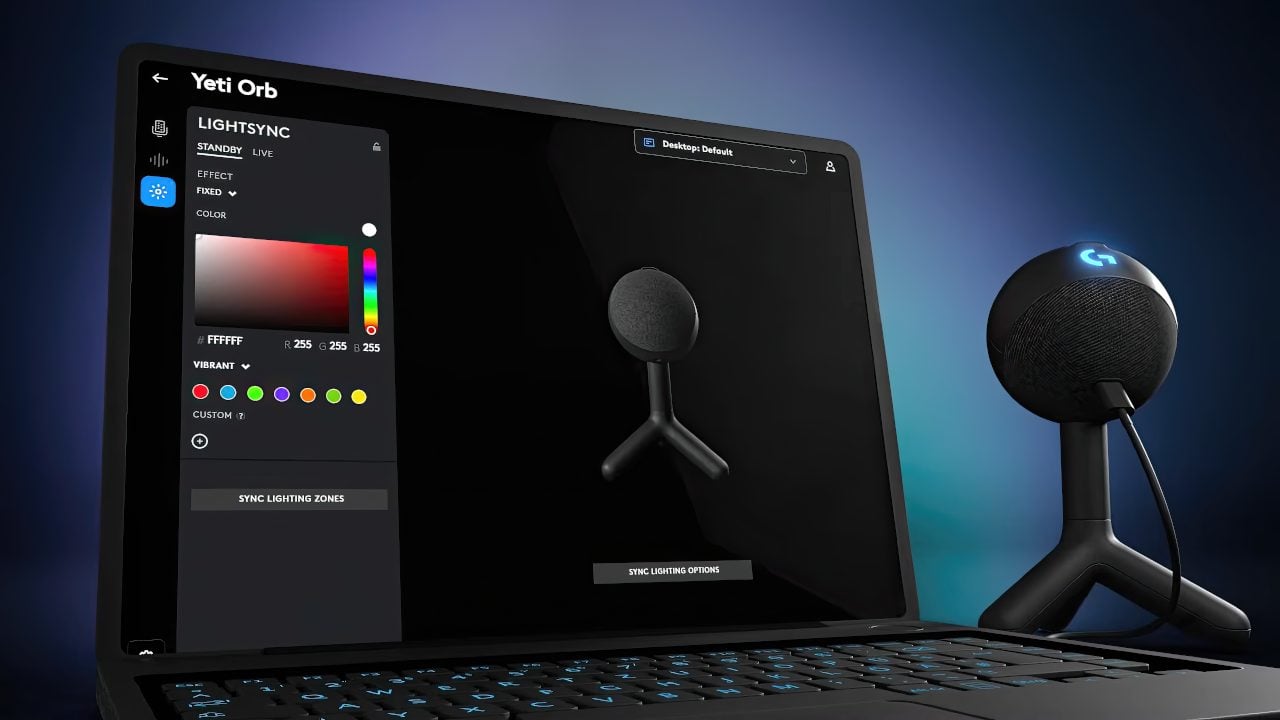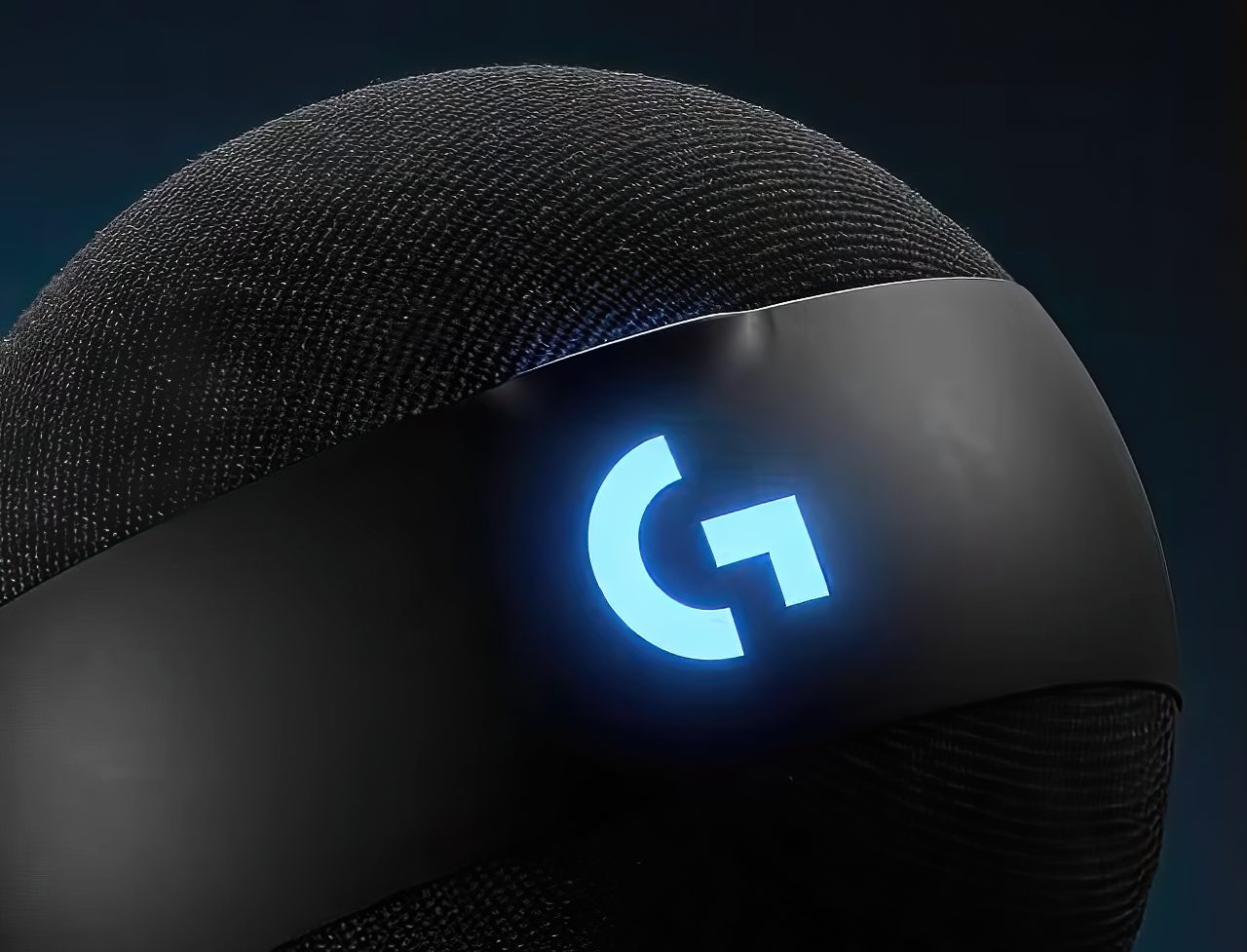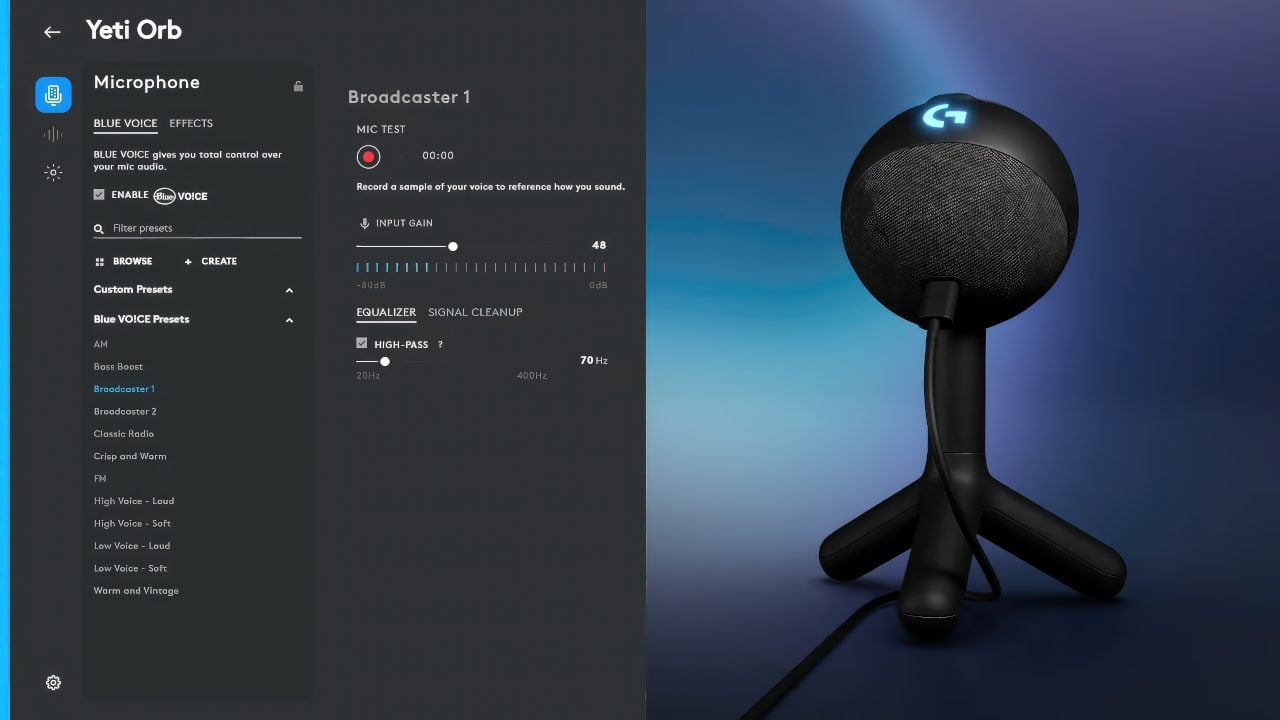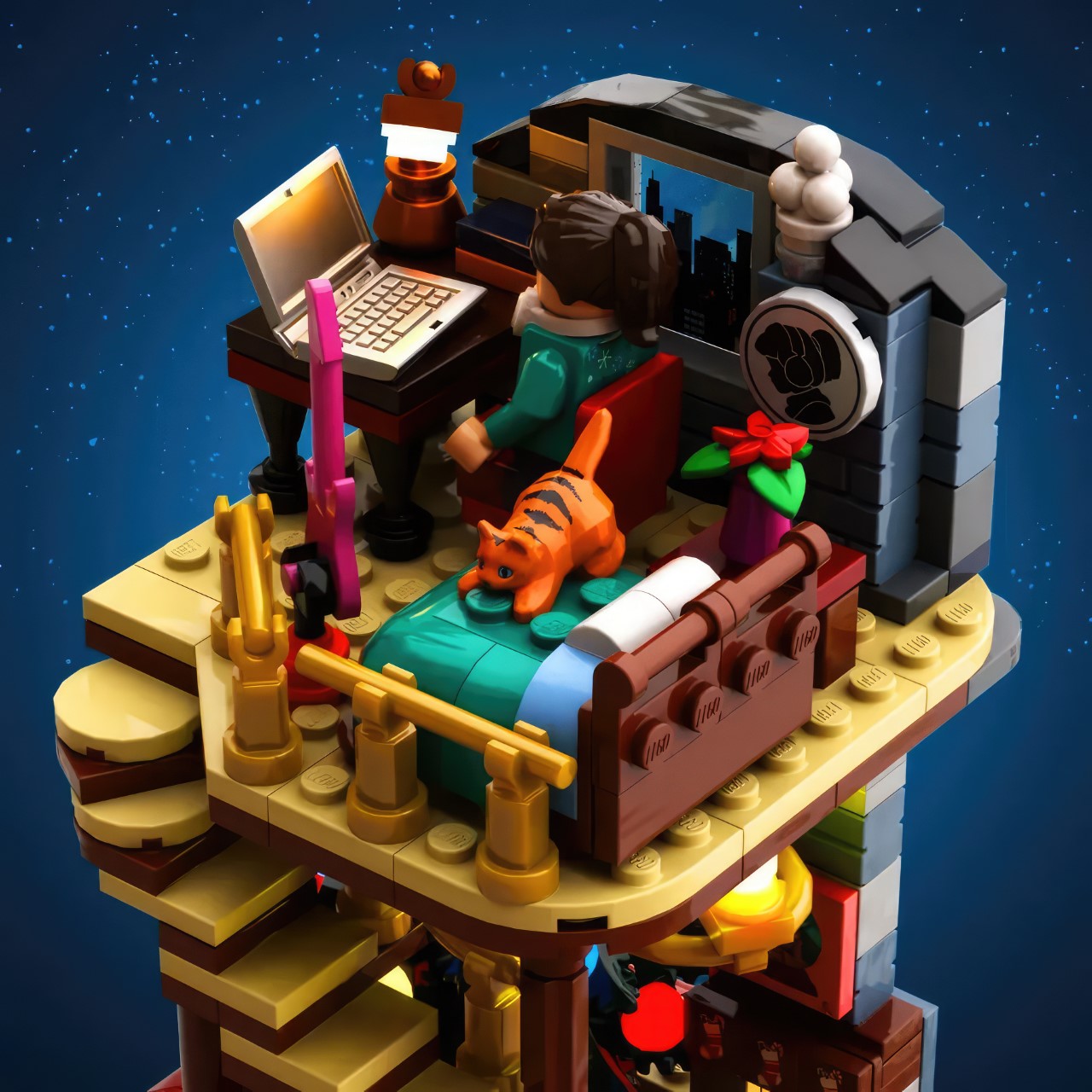The company may have announced new MacBooks and iMacs at its latest event yesterday… but what it secretly was doing all along was creating an advertisement for their smartphones. In a rare video uploaded to Apple’s YouTube channel, the tech giant revealed that their entire October 30th Keynote was filmed on the iPhone 15 Pro. The video lifts the curtain on how Apple pulled it off, while being perhaps the greatest act of ‘putting their money where their mouth is’ in terms of proving the iPhone’s top-notch video capabilities.
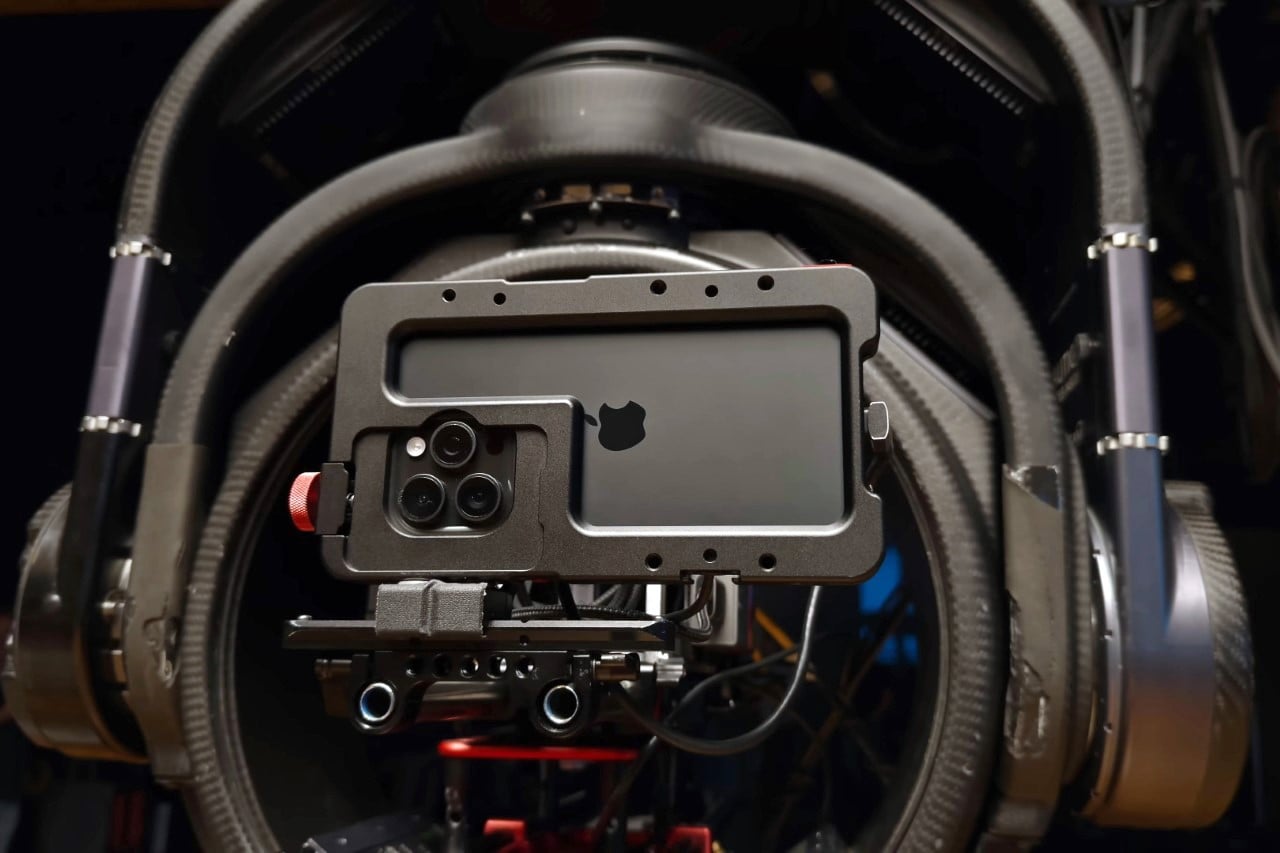
While it’s easy to think that the true star of the event was Apple’s new M3 chip, in reality it was the USB-C port on its newest iPhone 15 Pro. Unveiled just fifty days ago, the new iPhone 15 Pro’s USB-C port is capable of 10Gb/s transfer speeds, allowing you to move ProRes videos in a snap, and even connect external storage, 4K displays, microphones, among other accessories to augment the iPhone 15 Pro’s overall output.
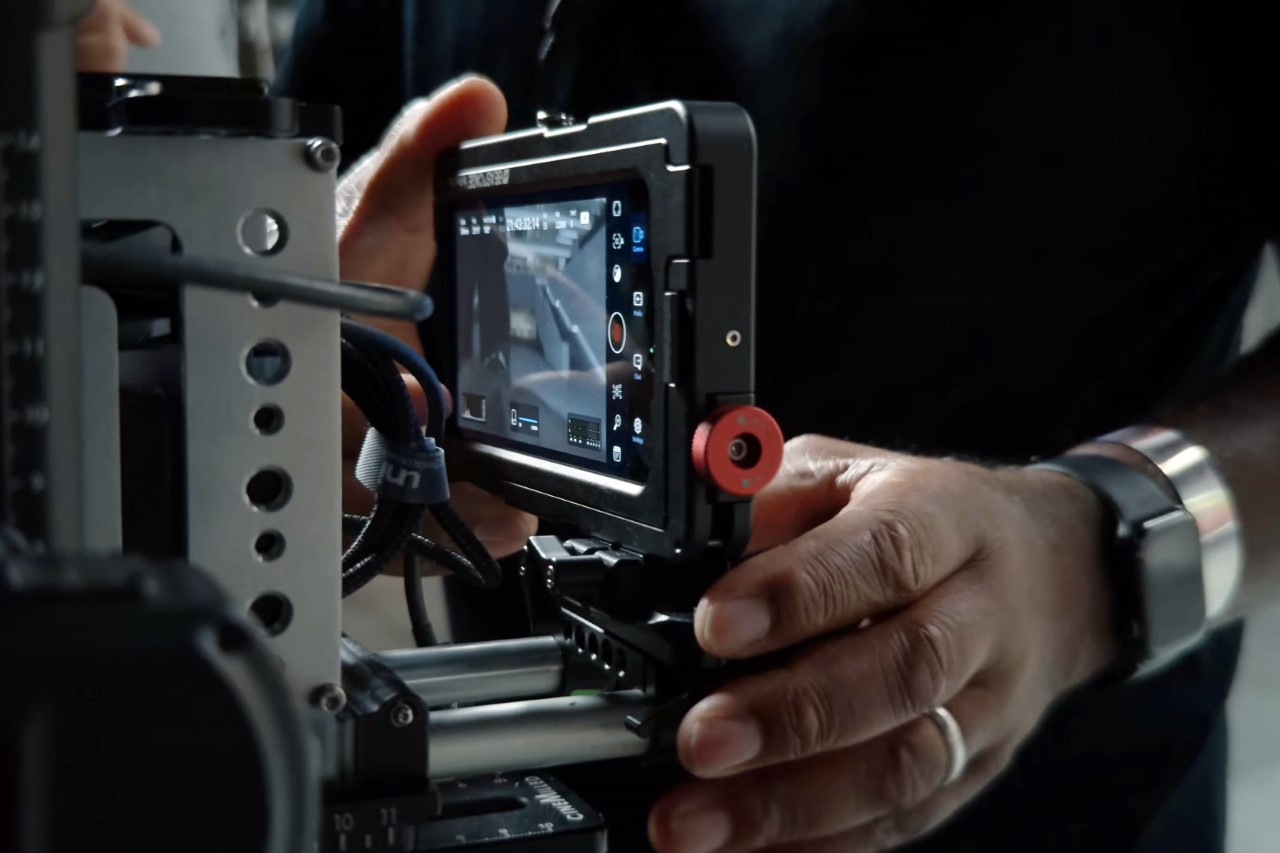
The entire event was quite different from any of Apple’s events, and that seems to be by design. For starters, it premiered in the evening (or at night depending on which coast you live on), marking a massive departure from all of Apple’s morning events. We heard Tim Cook say the words “Good Evening” for the first time, but just before, we got a tour of the Apple Park at night. The camera flew in from up above, battling not just the tricky conditions of flight and navigation, but also incredibly low-light videography. The Apple Park was practically drenched in the Halloween spirit, with bats flying, ominous music, smoky/foggy pathways, and dimly lit scenes… all of which were captured brilliantly on the iPhone 15 Pro Max’s massive sensor.
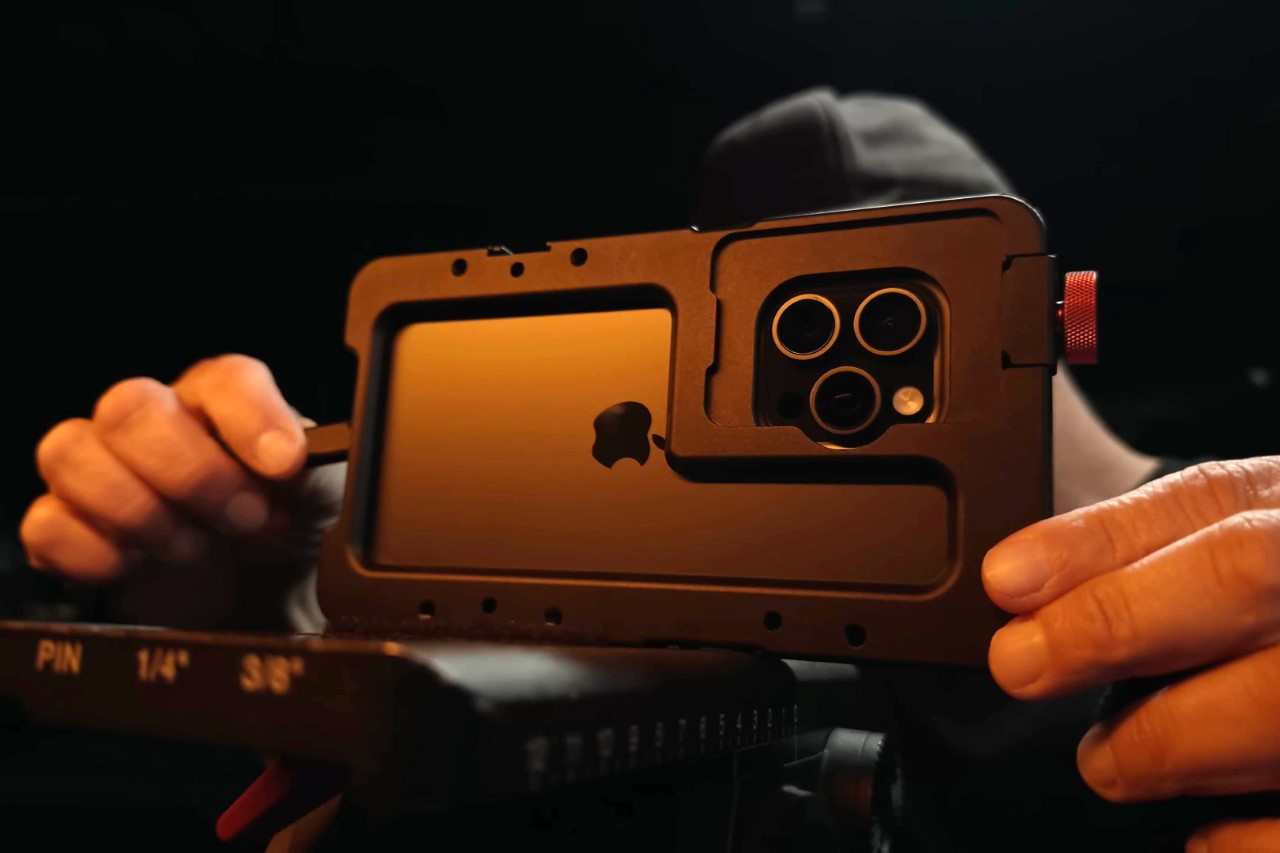
The pre-Halloween keynote, the evening announcement, all seemed like a brilliant setup for the fact that Apple was planning on shooting the entire event on its latest phone. Sure, Apple could have had the event during the day and still boasted a “Shot On iPhone” disclaimer… but to shoot the entire thing in low-light – there’s no way Apple could resist that massive a flex. The event was also entirely edited on a Mac, as Apple’s way of showing how powerful the two devices are on their own as well as put together.
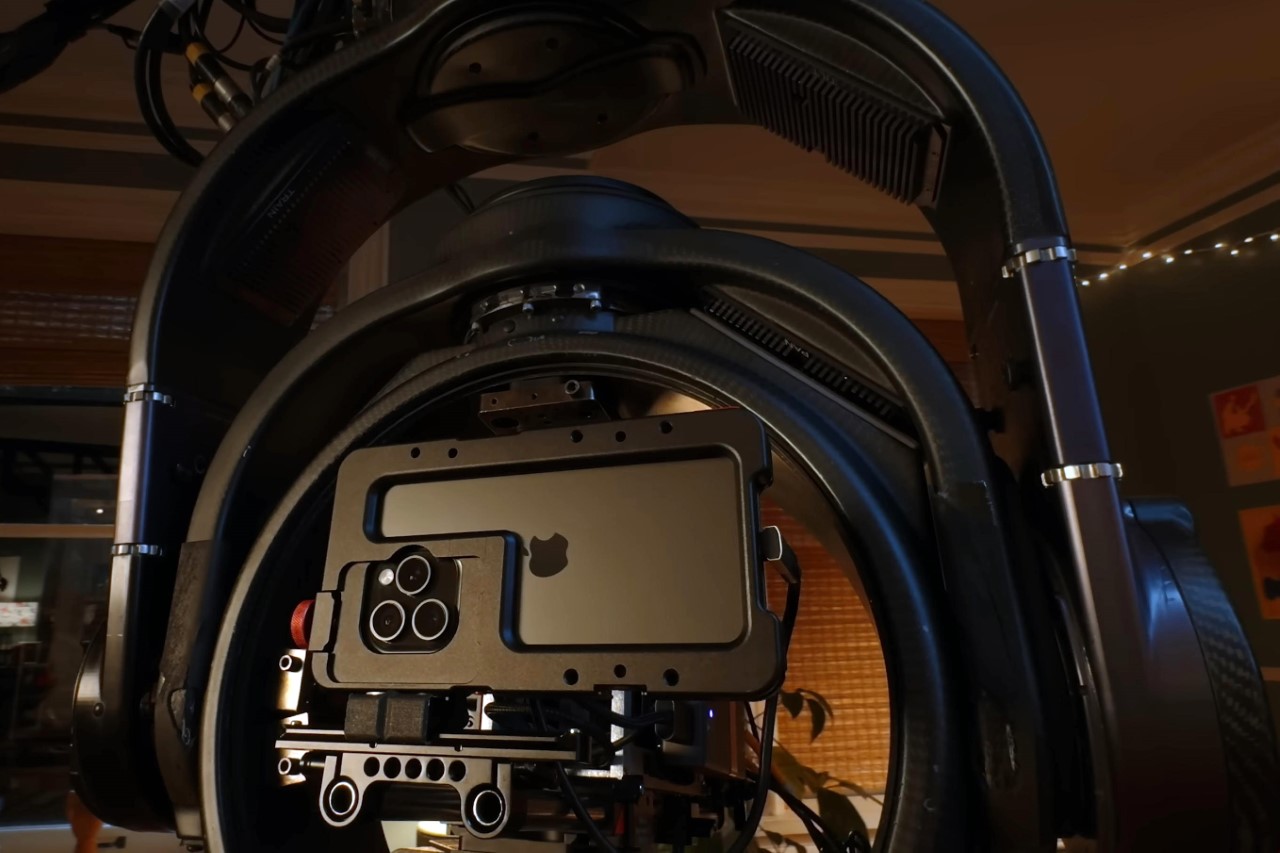
Anyone deeply familiar with Apple’s Shot On iPhone campaign knows that there’s more than just an iPhone involved. Those massive billboards with beautifully composed and edited photos look great, but a regular user holding an iPhone in their hand could never pull off the same visual mastery. The words ‘Shot On iPhone’ are often followed by ‘with a lot of expensive accessories’, but not many people know that. For Apple’s keynote, the company is at least a little more forthcoming by showing exactly what their rigs looked like… and no, it isn’t just a dude holding an iPhone in front of Tim Cook.
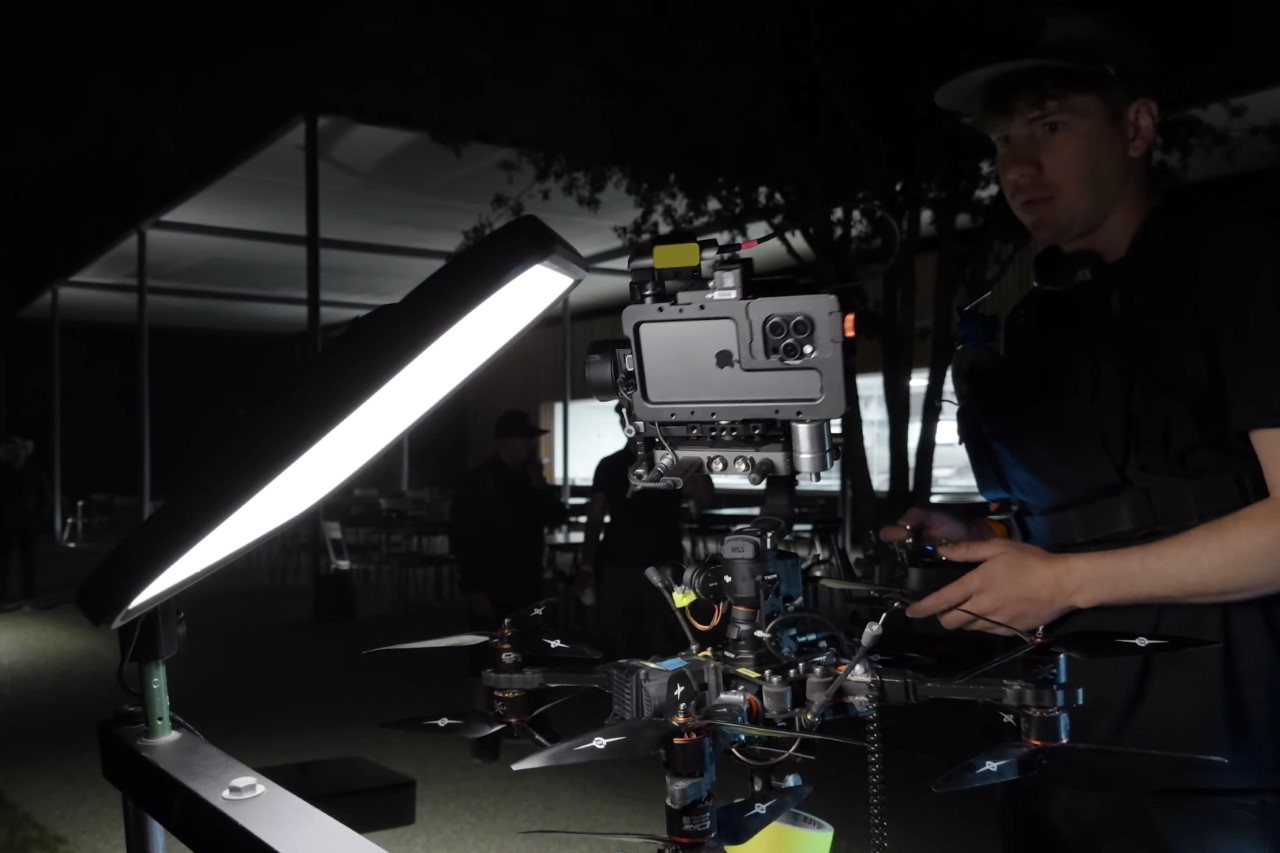
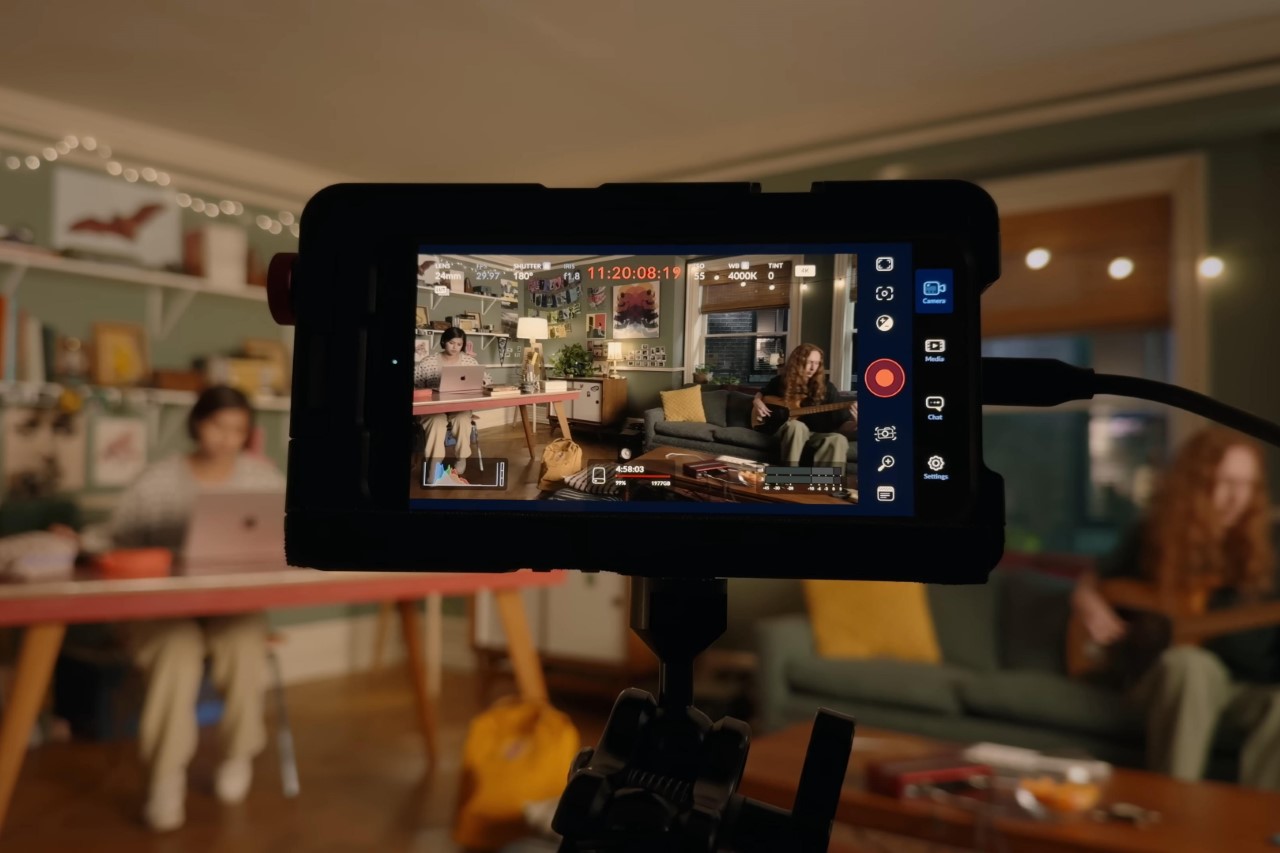
Verge reports that the entire Scary Fast event setup would have probably cost tens of thousands of dollars. The iPhone itself is mounted on a massive hand-carried rig that stabilizes the footage. For more consistent camera paths, the team used a dolly cam setup with trolleys and rails, and for the aerial shots, the Apple team literally built their own drones that held the iPhone 15 Pro Max. There are expensive microphones, monitors, battery units, lights, and a tonne of other equipment used in the picture. To be fair, Apple would still use all that extraneous equipment with a high-end camera… so just the fact that the iPhone could replace that camera does count for quite a lot.
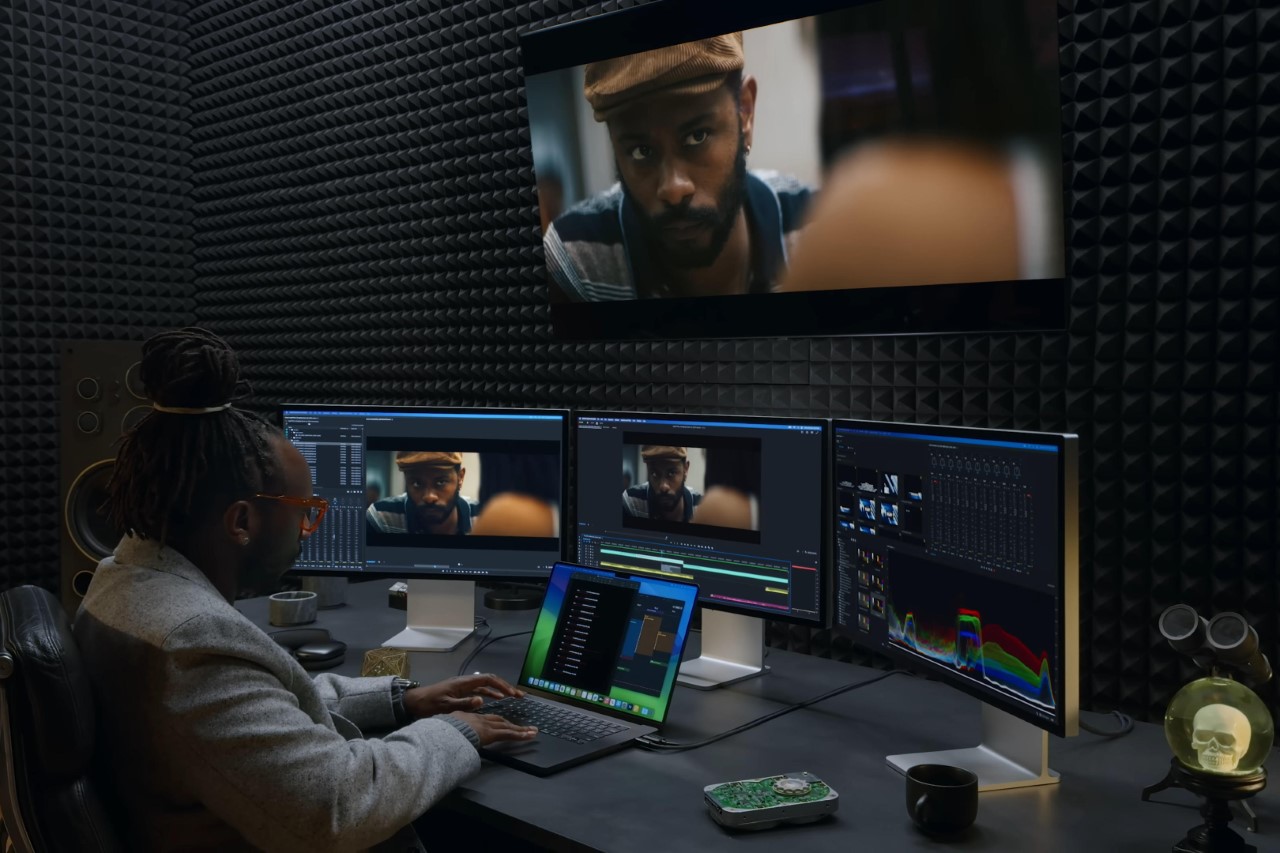
The entire video dump was easily transferred out of the phone using the USB-C connector. Company 3, an American post-production company that handled the filming of the event, mentioned how buttery smooth the entire process was to shoot 4K ProRes with all those accessories and have all that raw footage simultaneously transferred onto an external hard disk without any hiccups. The A17 Bionic’s heavy lifting would then be complemented by Apple’s M2 chips, which were used by the Macs that edited the footage.
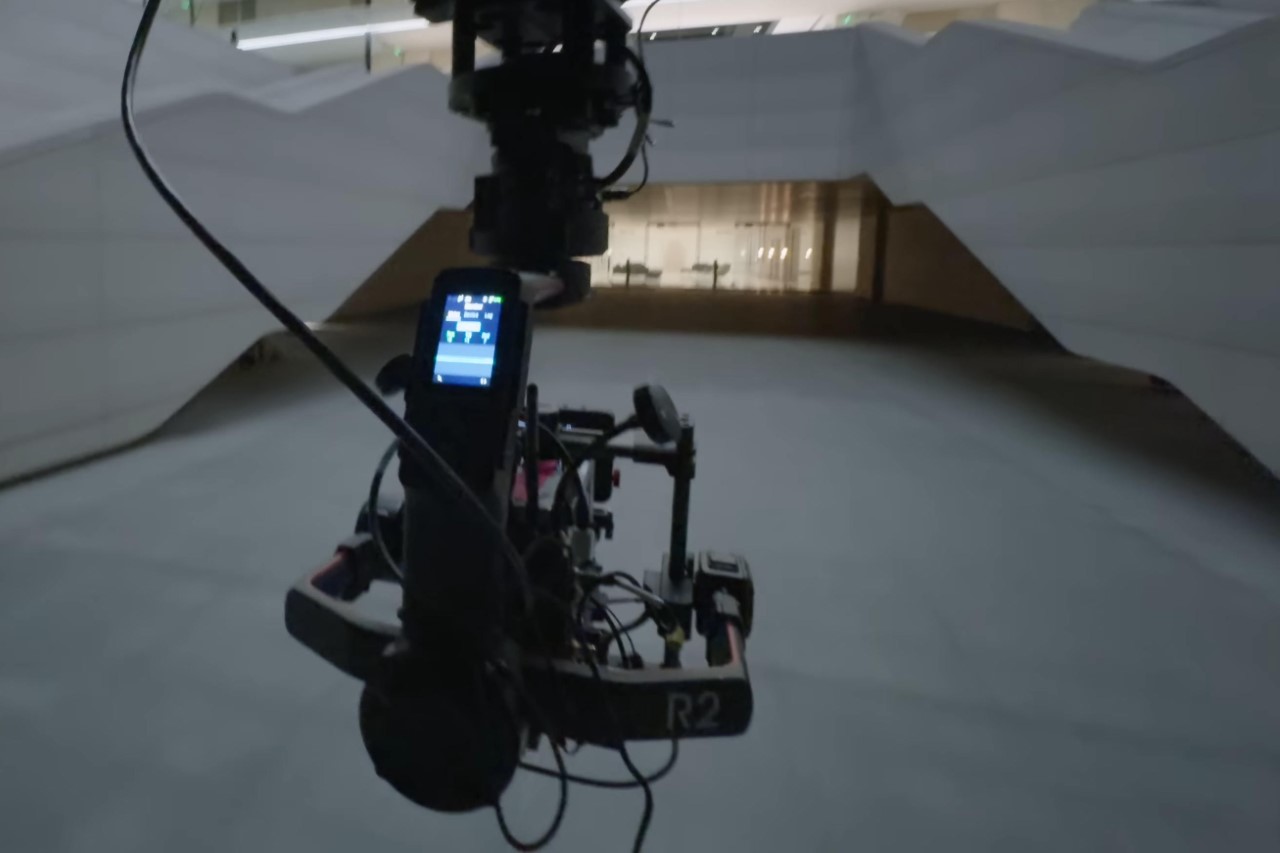
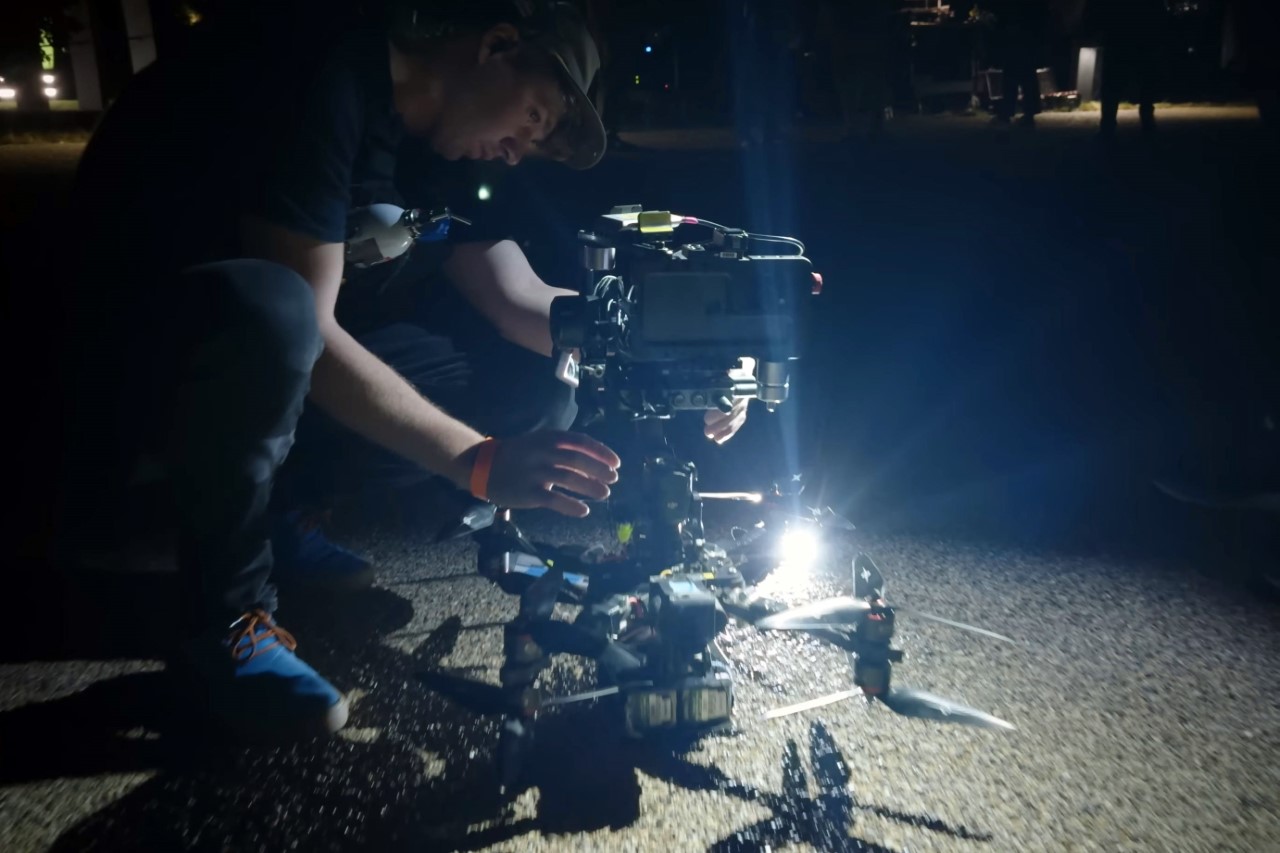
A quick glimpse at the hand-made drone used by Apple’s team to shoot all the aerial shots of the Scary Fast keynote.
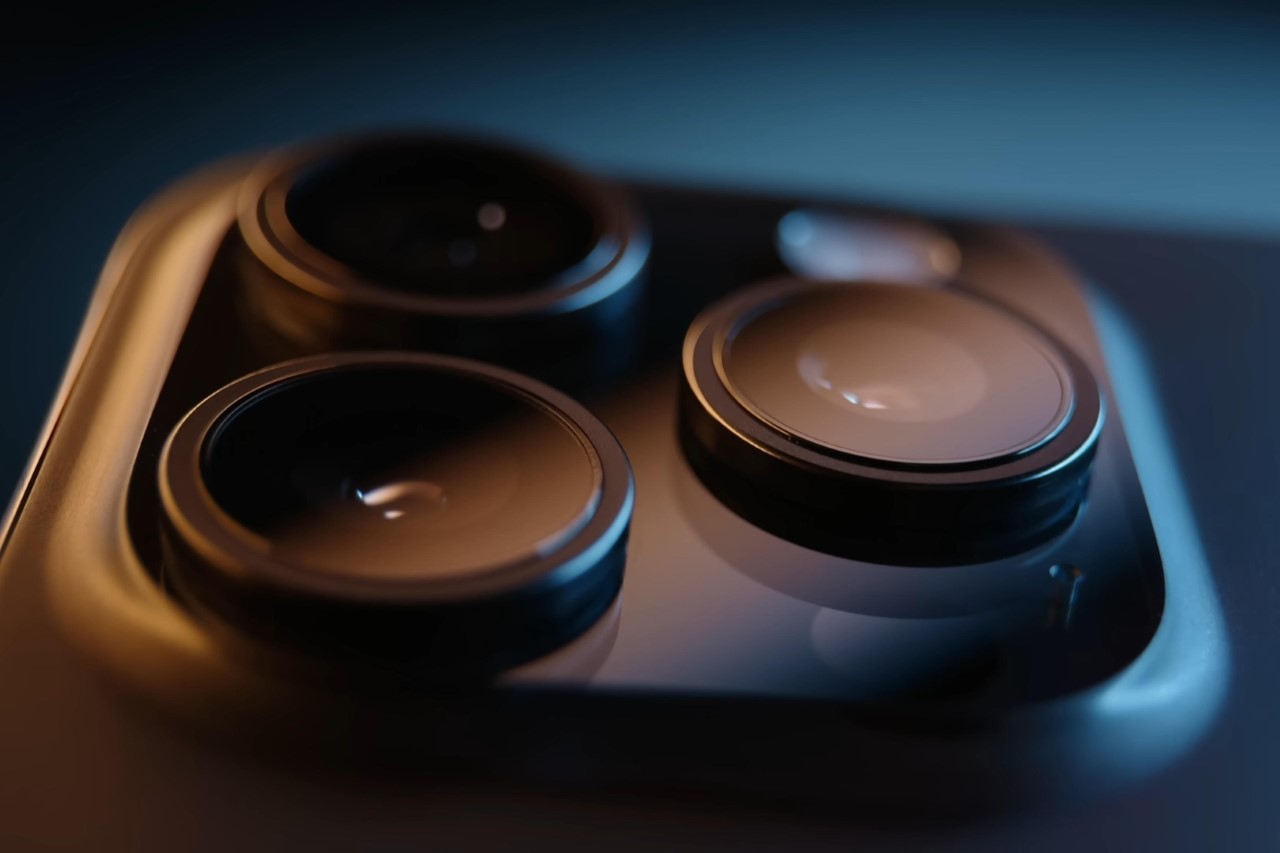
This isn’t the first time the iPhone was used to shoot professional content. In 2015, a film named Tangerine was highlighted at the Sundance Film Festival for being shot entirely on iPhones. Notably, Olivia Rodrigo shot one of her music videos on an iPhone too, and Indian film director Vishal Bharadwaj collaborated with Apple to shoot a short film, Fursat, entirely on an iPhone. This is the first time Apple’s taken that plunge, and it seems to have paid off rather well. If only they had migrated to USB-C sooner…
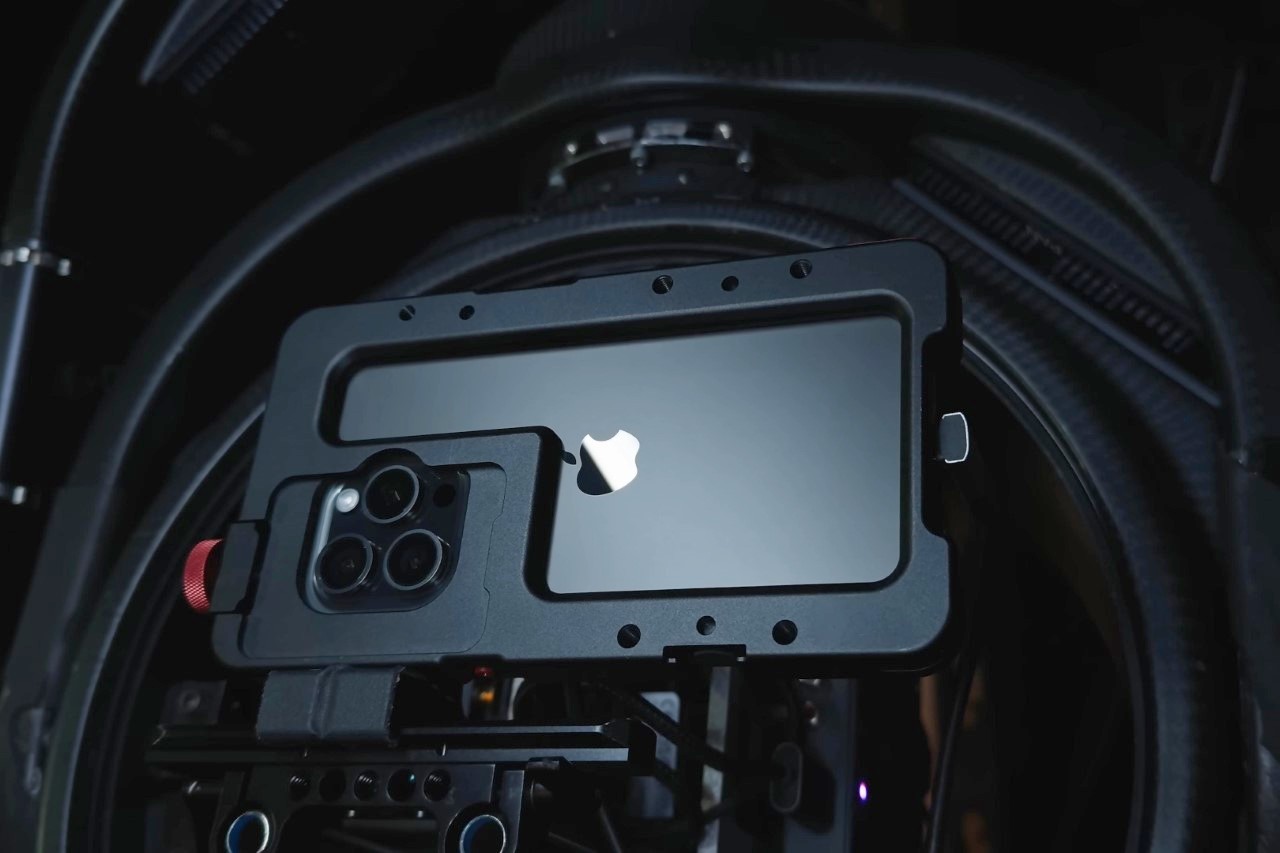
The post Apple’s ENTIRE October MacBook Event was Shot On the iPhone 15 Pro Max first appeared on Yanko Design.
